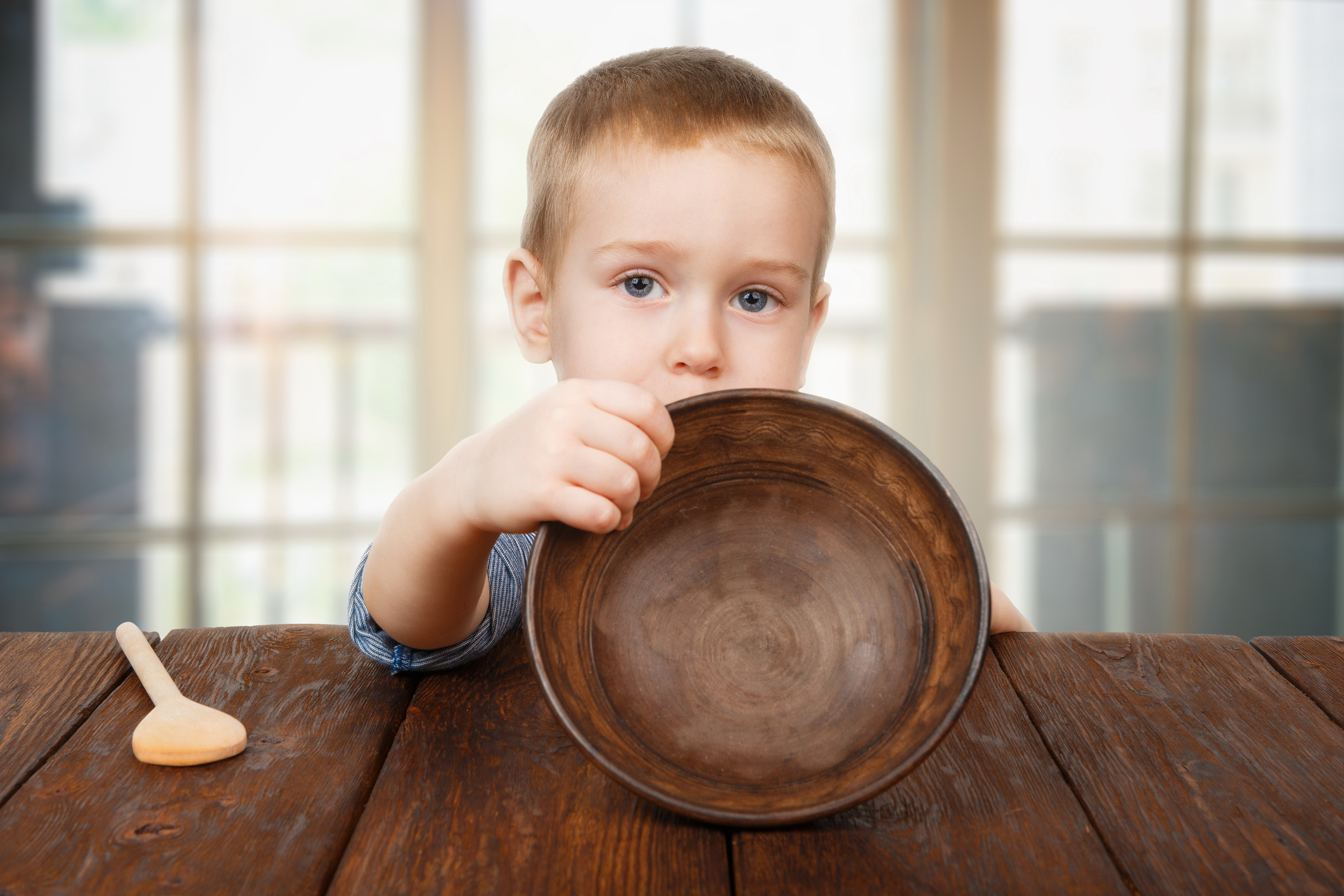5 Activities To Help Your Child’s Pencil Grasp Development
As our kiddos grow and develop their gross and fine motor skills, one thing to look at is pencil grasp development.
As mentioned before, our bodies develop big to small or proximal to distal, and that also applies the same for grasp development. Maturing our grasp patterns depend on stability and strength in our large muscles which help encourage and develop precision and control in our small muscles that is needed for picking up and stabilizing objects.
The Stages of Grasp Development
When discussing the progression of grasp development, the first stage, or grasp pattern, a child might demonstrate is called the palmar supinate or whole hand grasp. This grasp pattern is encouraged in our toddlers while learning to scribble on paper.
Once more control is gained, our kiddos begin to demonstrate a digital pronated grasp, also known as palmar grasp, where the index finger and thumb point down, the pencil is held in the middle of the hand and the elbow slightly sticks out. Usually around the age of 3-4, the grasp pattern begins to mature, noticing more movement in the wrist for control to form pre-writing shapes, tracing and coloring.
Lastly, the tripod grasp, which includes the thumb, index and middle fingers with the pencil laying in the web space (between thumb and index finger). This grasp promotes more finger mobility allowing for more skilled movement patterns one uses for handwriting, precision coloring and motor control.
Here’s How to Increase Your Child’s Pencil Grasp Development:
- Activities that promote a tripod grasp can be developed through play activities and don’t always have to involve the use of a pencil.
- Here are a few ideas that can be done at home:
- Threading beads or cereal onto a string, pipe cleaner or dried spaghetti noodles.
- Painting with a q- tip, small sponge or cotton balls using water colors
- Play with tongs or tweezers picking up or placing (placing beads in play-dough and then removing with tongs is a favorite of mine)
- Breaking the crayons in half promote the kiddo to use thumb, index and middle finger to grasp and color.
- Squirt and spray bottles require you to activate the index and middle finger while stabilizing with your thumb.
Bloom Behavioral Solutions in autism treatment, crisis management, communicative disorders, and feeding/eating intervention. For information on our treatment services, please feel free to contact us.
By: Natalie McHale, A.S., COTA




